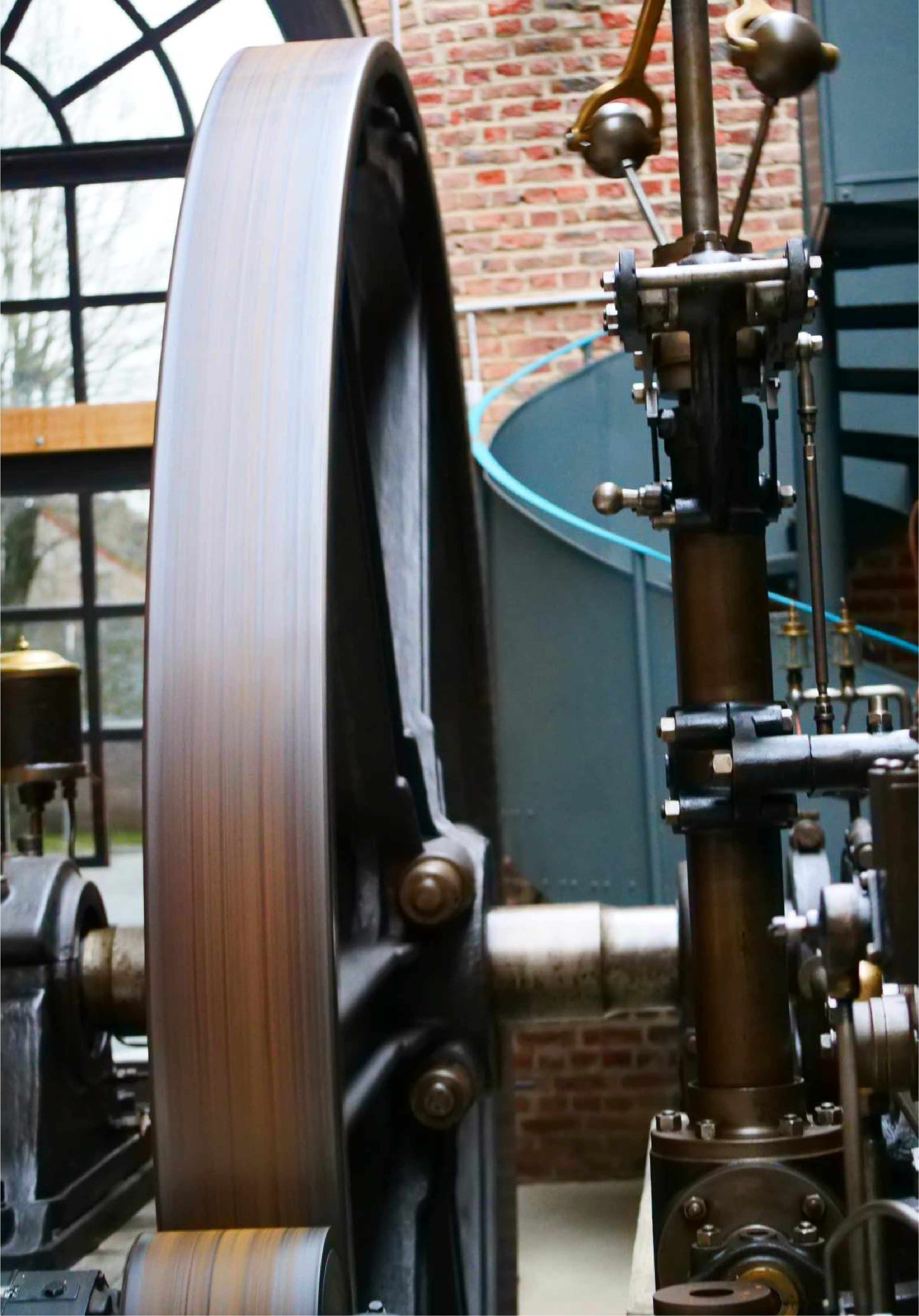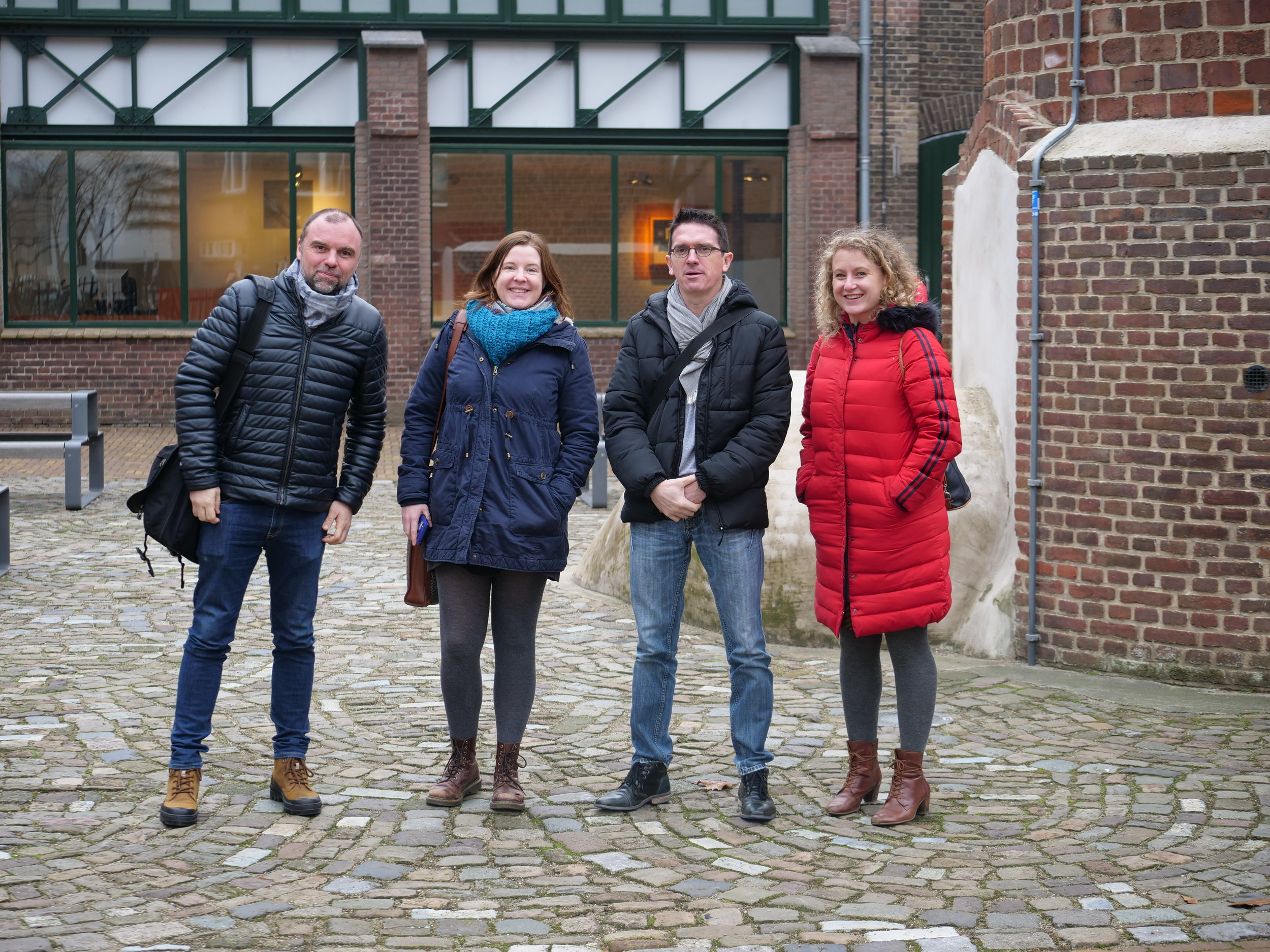Fabrica De Redes, Almada, Jan-April 2025
The history of Almada reminds me of Irish communities that have long lived in rhythm with the land and sea, working with their hands. Discovering that our studio was once a fishing net factory—and learning about the Redeiras, the skilled women who made and repaired the nets—felt like finding a link to home. Their craft echoes Irish traditions like Borris lace and Aran knitting, where the net stitch is a shared thread. My work explores these connections across crafts and cultures, honoring the hardworking women who put their hearts and hands into their work.
Generously supported by Breaking the Patterns Lisbon 2025, Capacity Ireland, Nowhere Lisboa, Synopsis Practice, and Carlow Arts Office.
Archival photographs courtesy of Museu de Almada.











































